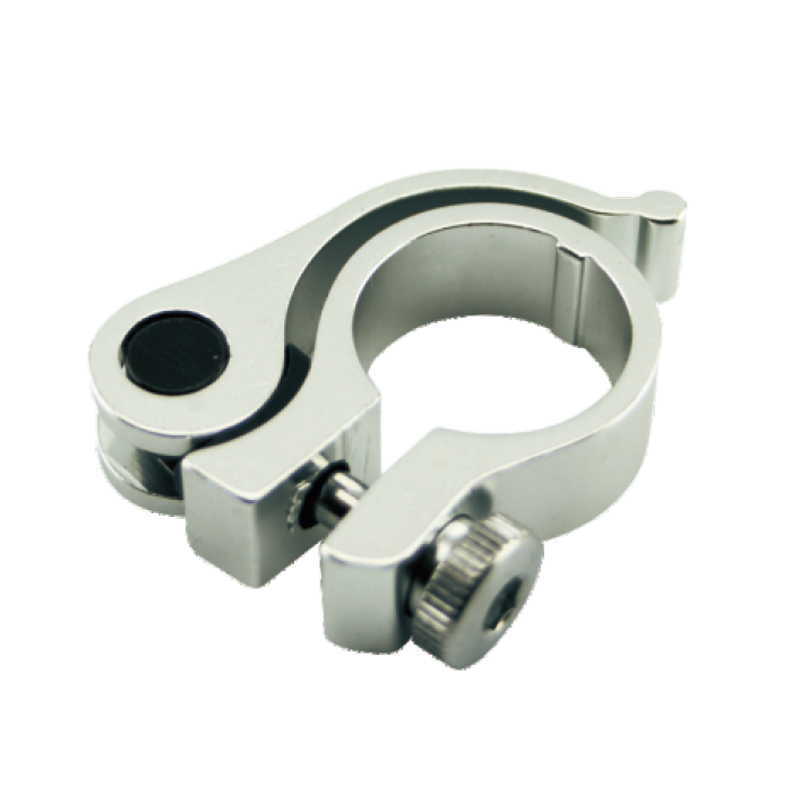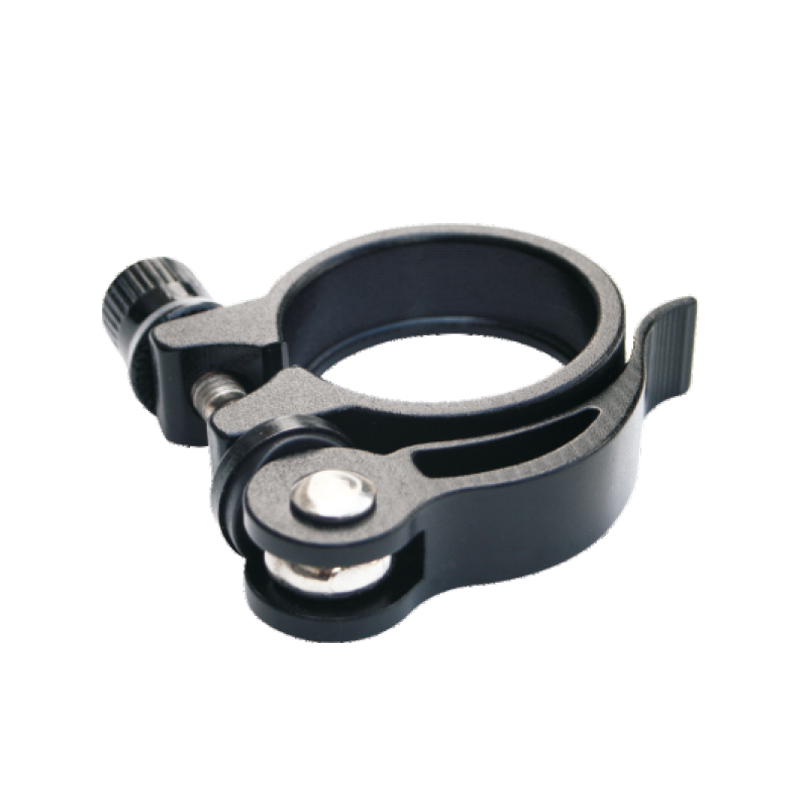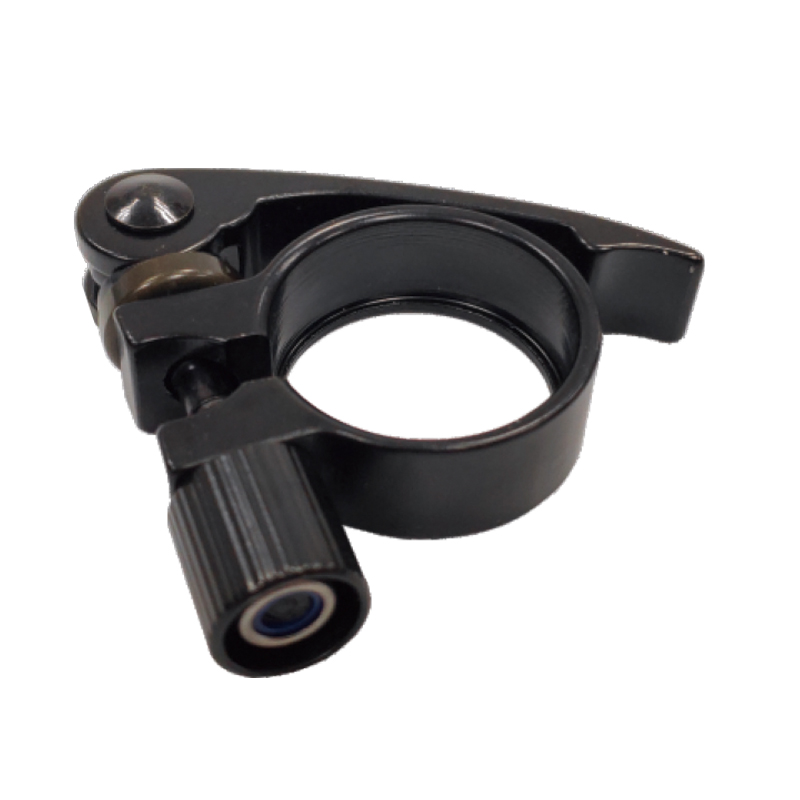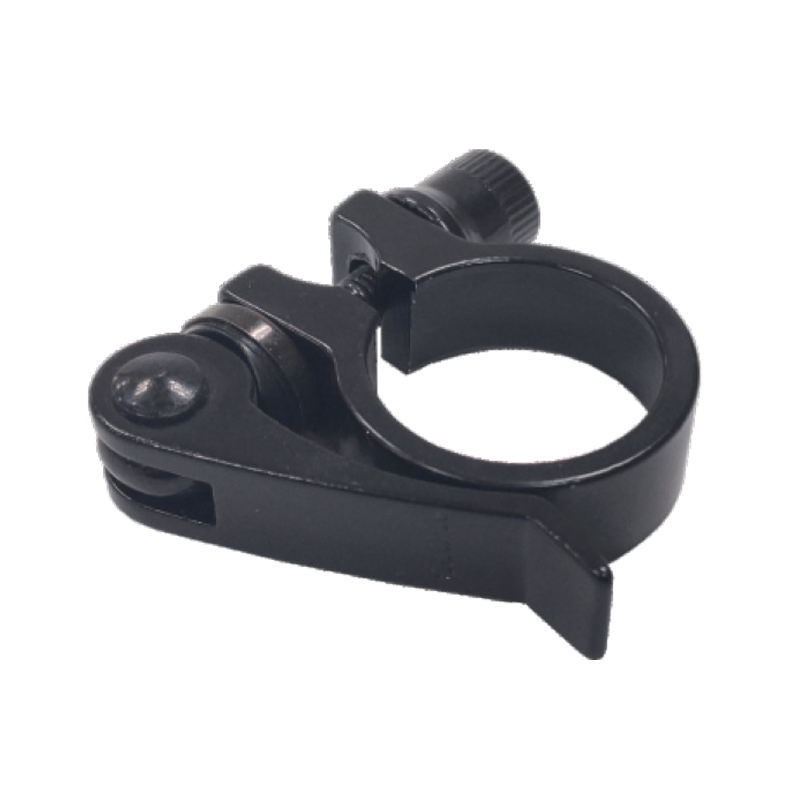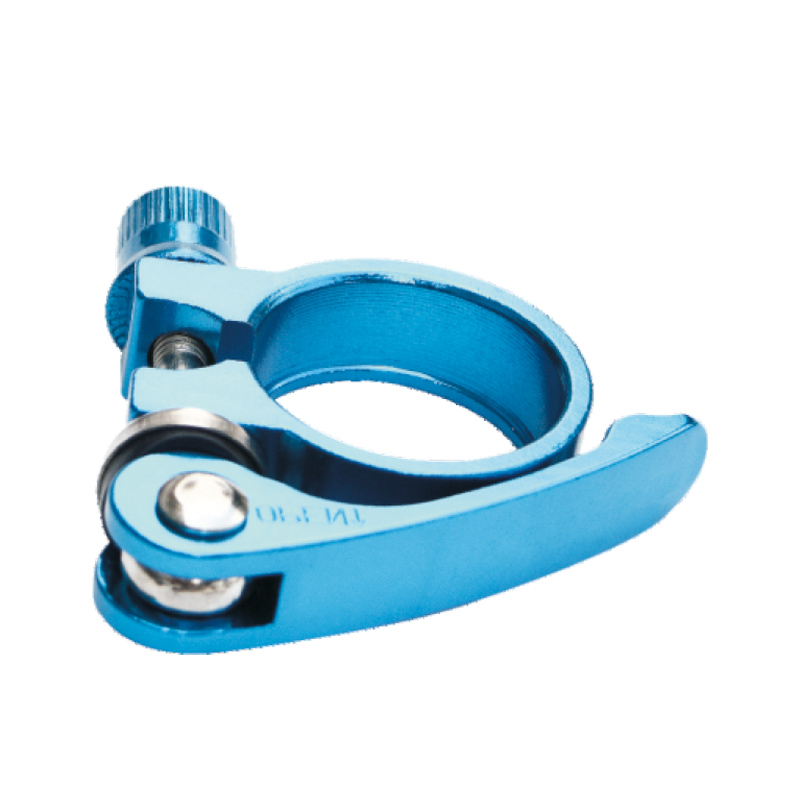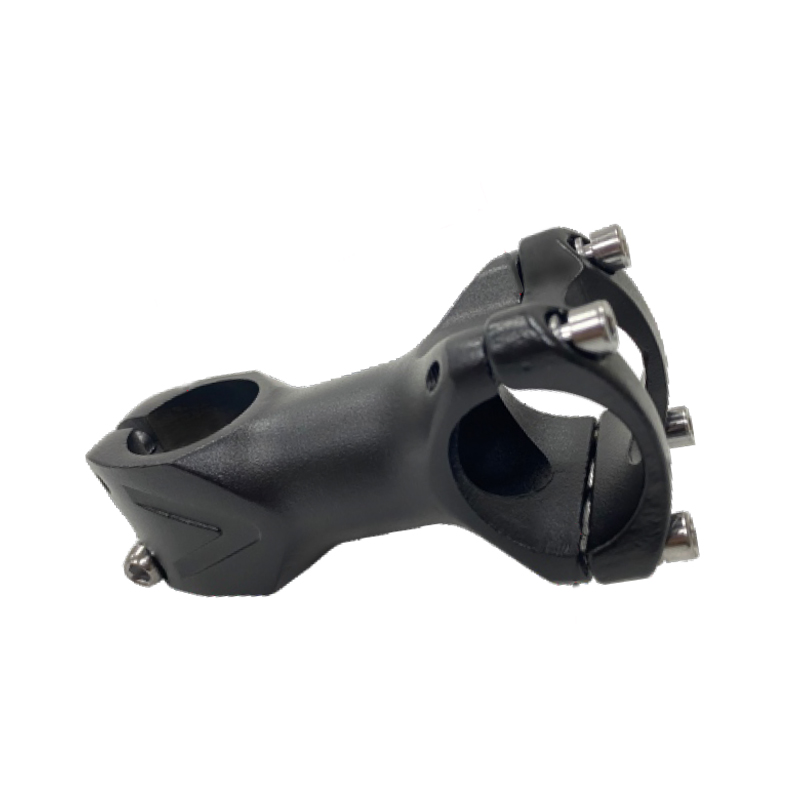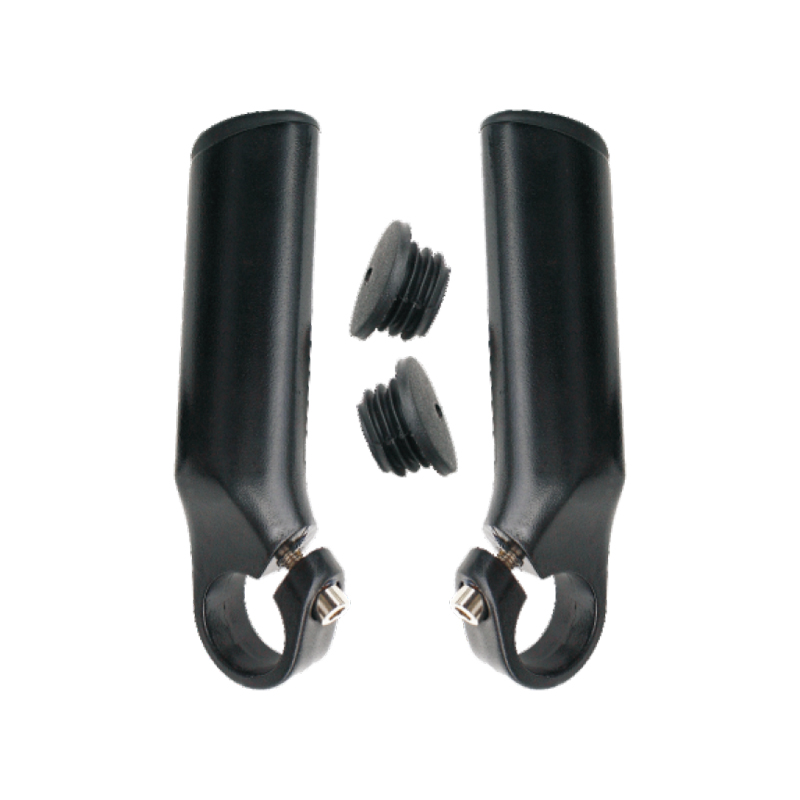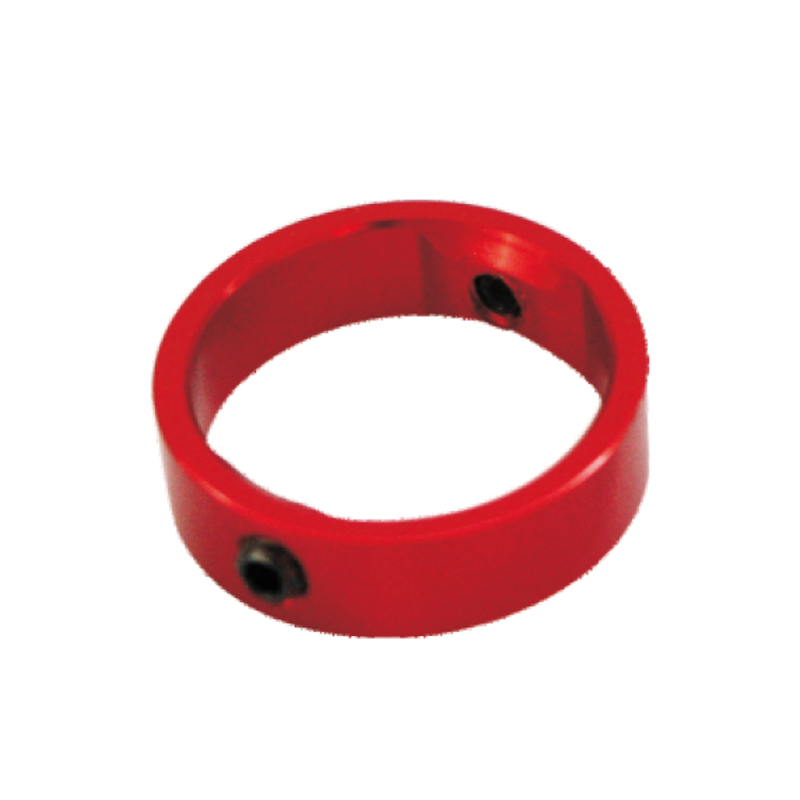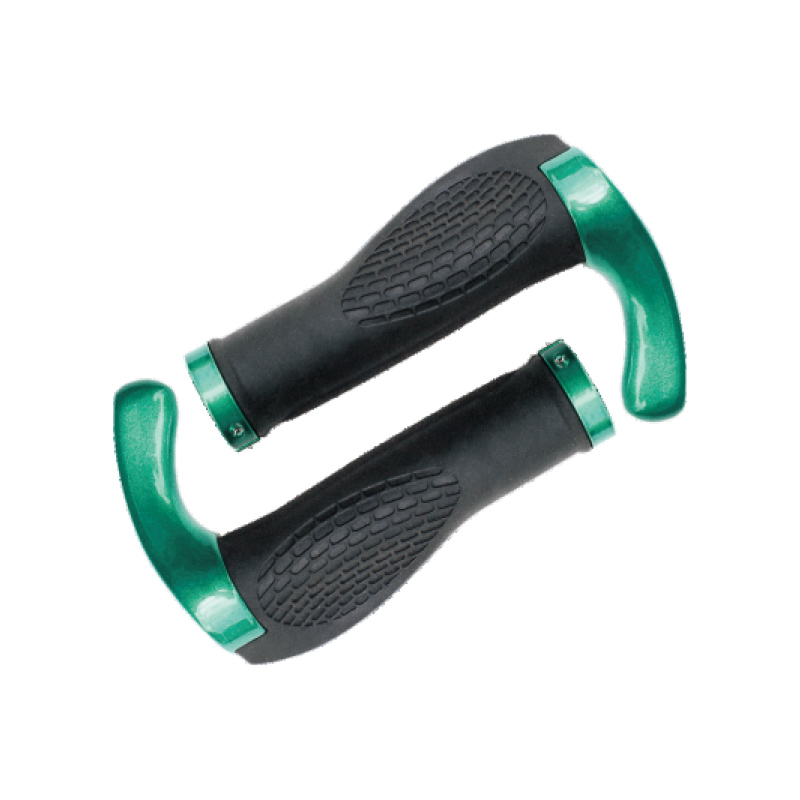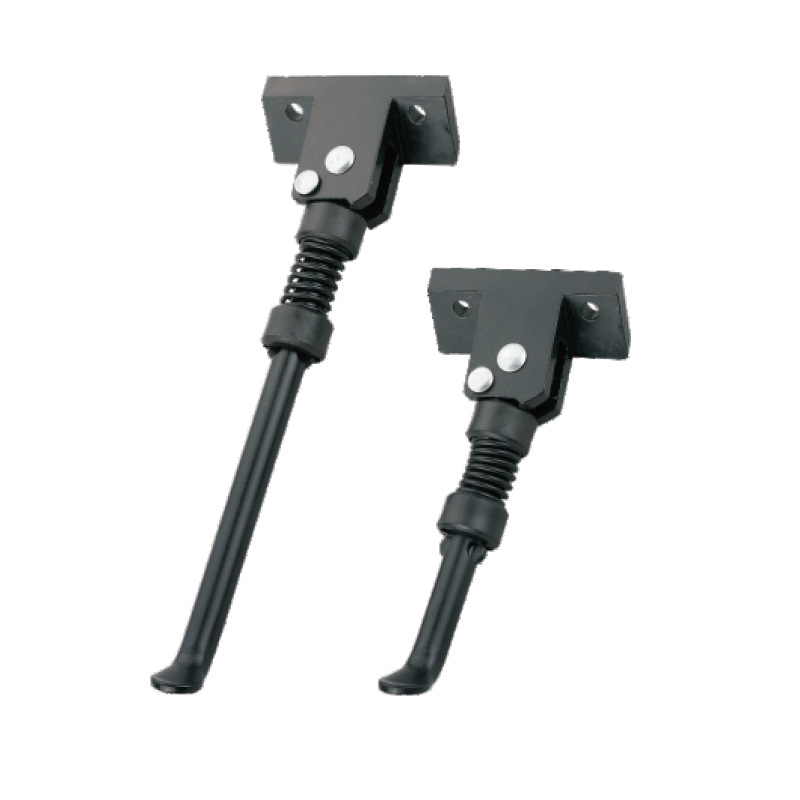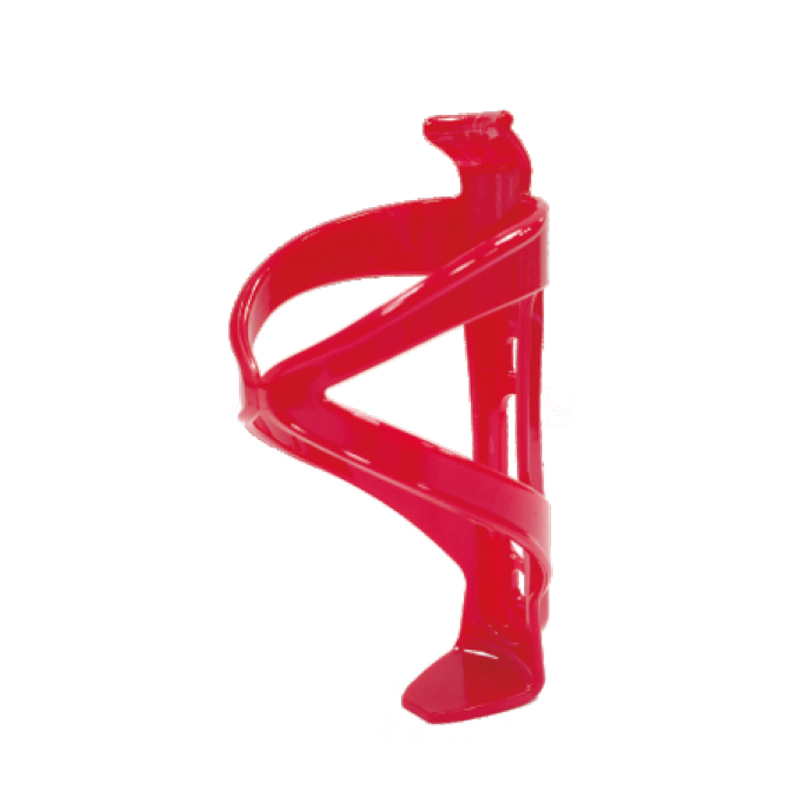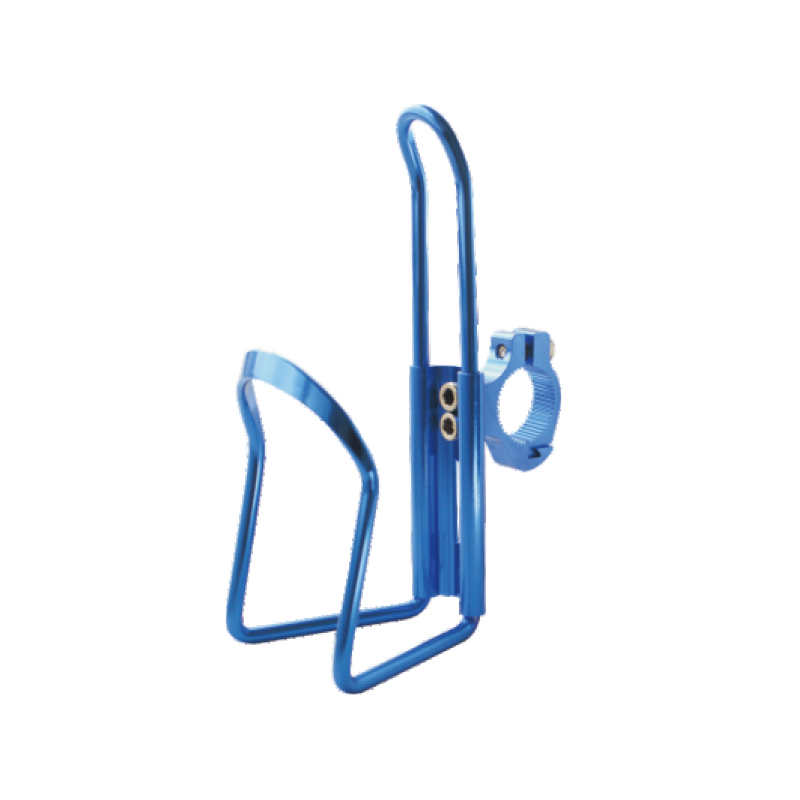The angle of a bicycle stem, often referred to as the "rise" or "angle," plays a crucial role in both bike fit and handling. Here's how:
Handlebar Height and Rider Comfort: The stem angle serves as a critical determinant of handlebar height, exerting a profound impact on rider posture and comfort. Stems with a positive rise elevate the handlebars, fostering a more upright riding stance. This configuration is particularly conducive to mitigating strain on the back, neck, and shoulders, making it an optimal choice for individuals engaged in extended rides or those prioritizing comfort on recreational outings.
Aerodynamics and Performance: Stems featuring a negative rise emerge as pivotal components for riders seeking to optimize aerodynamics and overall performance. By lowering the handlebars, these stems contribute to a more streamlined riding position, a factor of paramount importance in competitive road cycling, time trials, and other scenarios where minimizing air resistance directly correlates with enhanced speed and efficiency.
Weight Distribution: The angular disposition of a stem profoundly influences weight distribution on the bike. Stems with positive rise shift the rider's center of mass rearward, amplifying traction on the front wheel. This proves invaluable for off-road cyclists confronting technical terrain, where maintaining reliable front-wheel grip is pivotal. Conversely, stems with a negative rise redistribute weight forward, bolstering stability and control in situations demanding rapid descents or aggressive riding maneuvers.
Handling and Stability: The stem angle emerges as a decisive factor in shaping the bike's handling characteristics. Positive rise stems contribute to a stable and predictable riding experience, lending confidence to riders navigating diverse terrains. In contrast, stems with negative rise facilitate a lower, more aggressive riding position, fostering heightened maneuverability and responsiveness. This configuration proves indispensable for cyclists seeking precise control and agility in dynamic and demanding conditions.
Personal Preference and Riding Style: The selection of stem angle becomes a highly personalized choice, intimately tied to the individual rider's preferences and distinctive riding style. Cyclists prioritizing comfort and a relaxed riding posture tend to gravitate towards stems with positive rise. Conversely, those with an inclination towards speed and a more assertive stance may favor stems with a negative rise. This nuanced decision-making process underscores the diversity of rider goals and the myriad ways in which cyclists engage with their bikes.
Body Flexibility and Health Considerations: The stem angle assumes heightened significance when considering the idiosyncrasies of individual rider biomechanics and health considerations. Riders with limited flexibility or pre-existing back and neck issues may find solace in a more upright stem angle. Conversely, individuals with enhanced flexibility may discover that a lower stem angle aligns harmoniously with their biomechanical attributes, provided it coalesces with their overarching riding objectives.
Bike Fit and Geometry: The meticulous consideration of stem angle is indispensable within the broader context of achieving an optimum bike fit and geometry. Collaborating with professional bike fitting services facilitates a comprehensive evaluation of the rider's biomechanics, preferences, and intended use. In this holistic approach, the stem angle becomes a crucial variable, intricately interwoven with frame size, handlebar width, and other components. A skilled bike fitter is adept at navigating this intricate web, ensuring that the selected stem angle harmonizes seamlessly with the rider's unique physiological attributes and desired riding experience.
TF-23 Ningbo Yong Teng bicycle parts CNC machining aluminum alloy stem extender

